By Emily Yewell Volin
Teachers, you know the look. It comes from that student who is hungry for more information about everything dance. Perhaps this student is a beginner or maybe he or she is an accomplished dancer looking for a fresh perspective. Either way, it’s essential for teachers to have quick access to resources that inform this curiosity and growth. That’s where a solid dance library comes into play. Here is a listing of the 10 books I reach for most when that eager learner shows up at my door.
Technical Manual and Dictionary of Classical Ballet by Gail Grant – Dover Publications (1982) ISBN 0486218430
Could I have started anywhere else? It’s the consummate guide for ballet technique and essential for every library, if not every dance bag.
Ballet-Student’s Primer: A Concentrated Guide for Beginners of All Ages by Kay Ambrose in collaboration with Celia Franca- Random House Value Publishing ISBN 0517669137
A solid guide for the beginner student and an essential teacher resource when developing a beginning ballet class. A tremendous illustrated ‘first steps’ guide with a sense of humor and strong sense of responsibility.
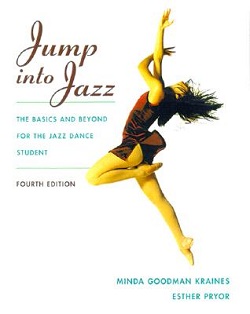 Jump Into Jazz: the basics and beyond for the jazz dance student by Minda Goodman Kraines, Esther Pryor (2004) ISBN 0072844043
Jump Into Jazz: the basics and beyond for the jazz dance student by Minda Goodman Kraines, Esther Pryor (2004) ISBN 0072844043
The brief and accurate history of jazz dance informs the beginning jazz dance student of the genre’s diverse styles. The book is full of useful illustrations to assist in the explanation of basic jazz dance concepts, exercises and short combinations. Students relish the ‘ah-hah’ moments reflected by class work mirrored in the book.
The Dancer Prepares by James Penrod, Janice Gudde Plastino – McGraw-Hill ISBN 0072557265
This book has it all. There are clear explanations of how to engage in dance, as a dancer or a viewer of dance as well as information about basic anatomy, injuries and diet. It concludes with concise attention to the history of and choreographic approaches to dance and a brief overview of how to critique dance.
Dynamic Alignment Through Imagery by Eric N. Franklin – Human Kinetics (1996) ISBN 0873224752
Eric N. Franklin has authored many books I consider essential to my library. His creative visioning allows the dancer to process information about alignment in a non-traditional and highly effective manner. The visualization exercises are categorized into improvisation, technical and performance related content. Students respond to Franklin’s approach and the resulting growth in alignment and performance are often staggering.
Prime Movers: The Makers of Modern Dance in America by Joseph H. Mazo – Princeton Book Company ISBN: 0871272113
The personal and creative histories of American Modern Dance pioneers come alive in this entertaining read. And, the reader realizes we dancers are a community; no matter our differences in aesthetics, backgrounds and creative approaches. History and inspiration go hand in hand.
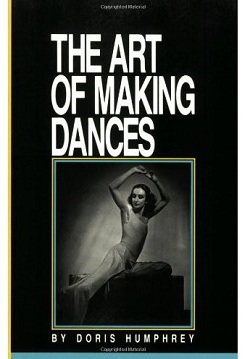 The Art of Making Dances by Doris Humphrey, Barbara Pollack (Editor), Stuyvesant Van Veen (Illustrator) (1991) ISBN: 0871271583
The Art of Making Dances by Doris Humphrey, Barbara Pollack (Editor), Stuyvesant Van Veen (Illustrator) (1991) ISBN: 0871271583
Originally written in 1958, just before Humphrey’s death, this guide remains the absolute go to publication for beginning choreographers; especially the hesitant ones. Its practical approach provides comfortable ‘how to’ parameters. This structure grants the reader a recipe of sorts. Once accomplished, the knowledge of that recipe allows for greater independent choreographic exploration. A very good place to start.
Writing about Dance by Wendy Oliver – Human Kinetics (2010) ISBN 0736076107
Writing exercises, rubrics and checklists; a logical guide for the beginning dance writer and observer. This resource is clearly organized, easy to read and encouraging. The ‘Class Observation Form’ is particularly useful in technique classes. I credit it for facilitating meaningful experiences for students observing class due to injury or illness.
Psychology of Dance by Jim Taylor, Ceci Taylor – Human Kinetics (1995)
ISBN 0873224868
Plateaus in training and performance happen. This book provides insights and exercises to help students and teachers actively address the psychological origins that may contribute to these rough spots. Another practical guide that has helped many students navigate to their next level in both technique and performance aptitude.
Poor Dancer’s Almanac: Managing Life and Work in the Performing Arts by David R. White, Lise Friedman (1993) ISBN 0822313197
As relevant now as ever. Dancers frequently achieve great technical and performance ability. However, many frequently do not have the knowledge of how to manage life and career within the field. This non sugar-coated guide is an essential read for the student seeking longevity and independence in the world of dance.




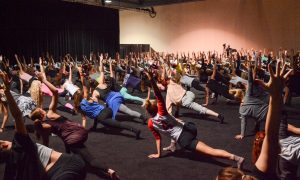

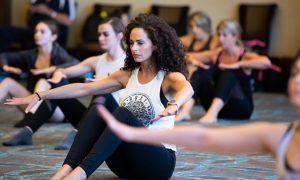

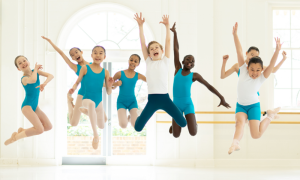



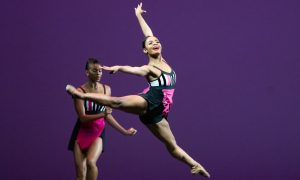

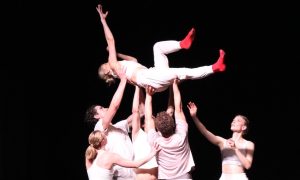

Pingback: Sara